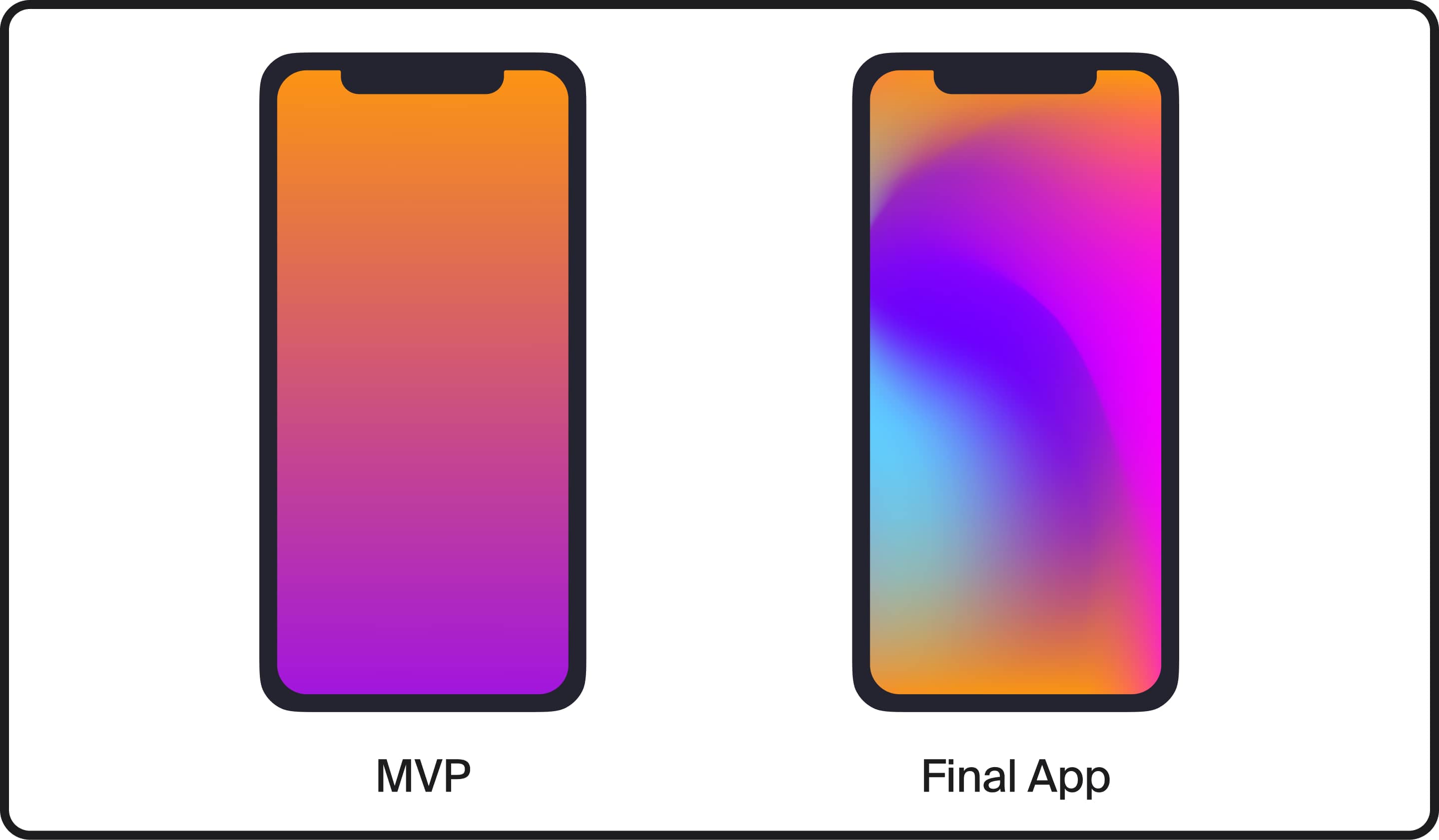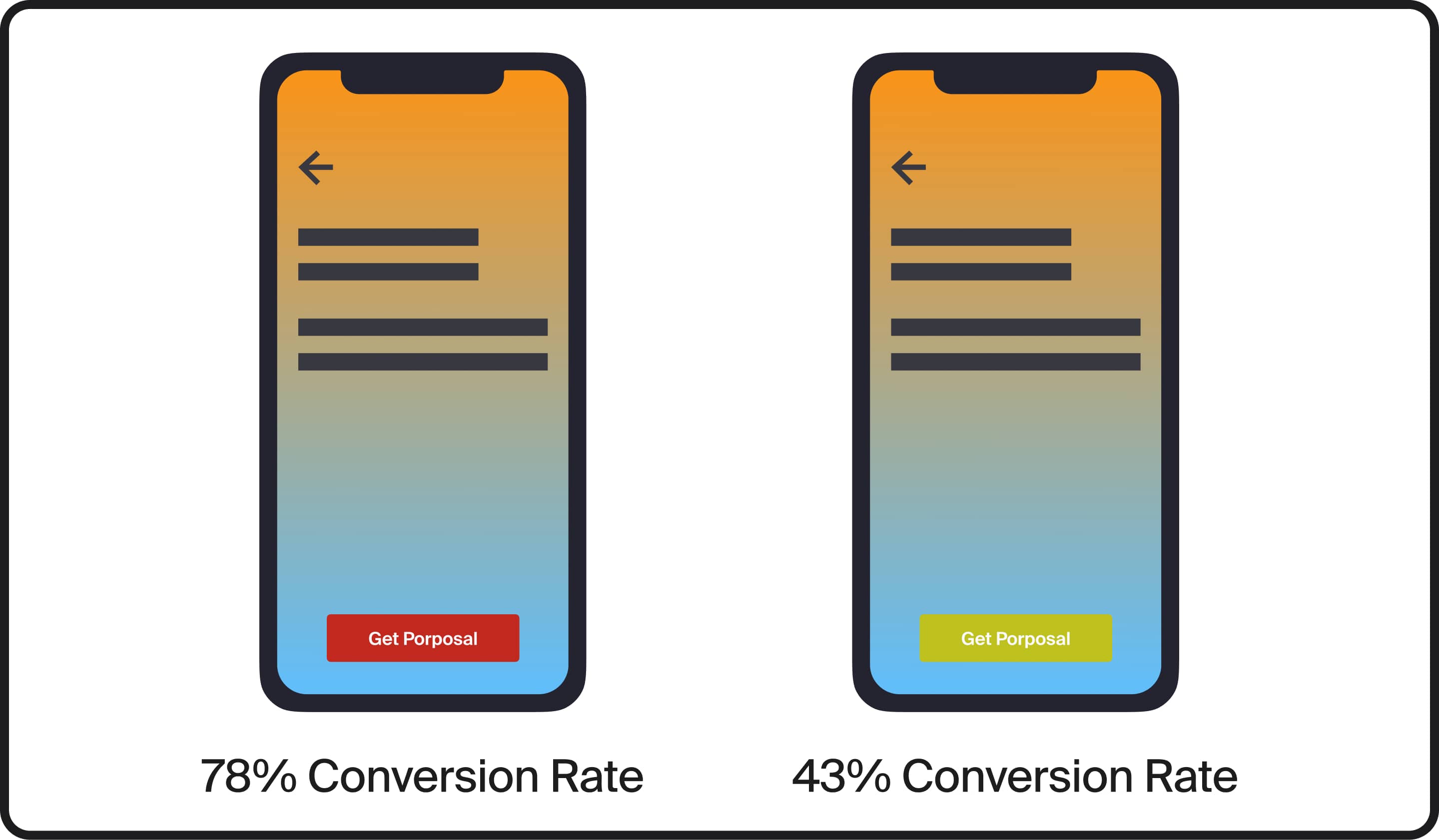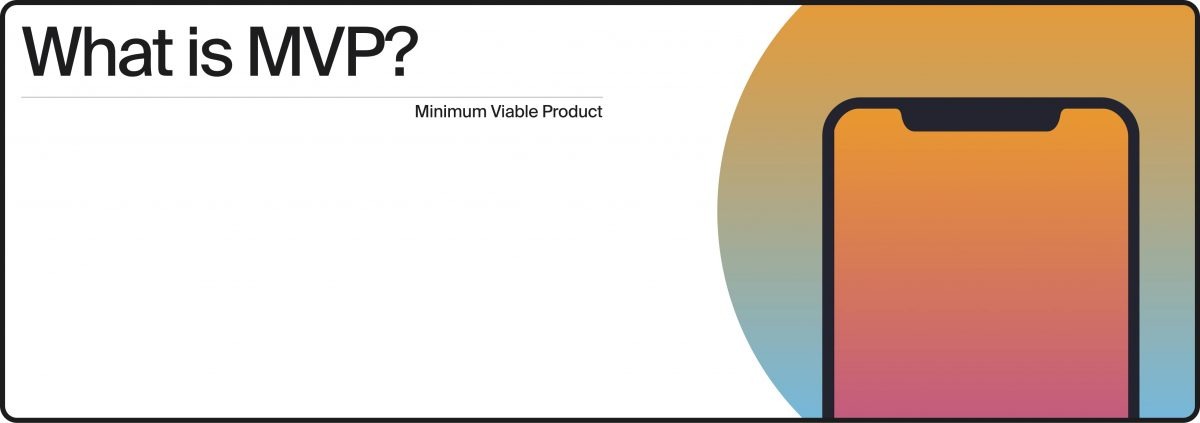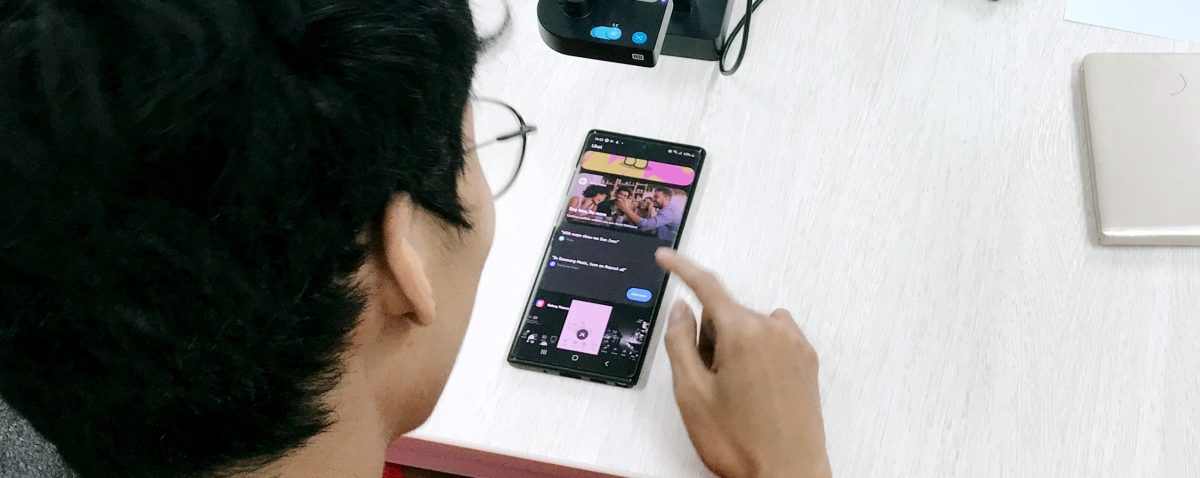MVP is one of the most important lean startup techniques. It’s the bare-bones version of a product, which is required to achieve proof of concept.
MVP stands for Minimum Viable Product. These three words alone should give you a basic idea of what an MVP app is. The Internet today is flooded with definitions for this acronym. But the one that resonates with our company most was given by Eric Ries. He is an American entrepreneur, blogger, and bestselling author of “The Lean Startup”. Eric helped popularize the concept as a version of a new product which allows a team to collect the maximum amount of validated learning about customers with the least effort.
The phrase ‘most viable product’ is actually quite misleading; it’s not about creating minimal products. It’s about giving your concept a chance and letting it grow organically, being shaped by user feedback. One of the biggest mistakes that appreneurs make is getting caught up in adding features that may seem necessary. One of the biggest mistakes that appreneurs make is getting caught up in adding features that may seem necessary. In reality, it is just like ice cream toppings: sure, they add new layers of flavor, but this will costs extra. And if you add too many toppings, it’s harder to distinguish the actual flavor of your ice cream. What is meant by this analogy is: if you pollute your app with unnecessary features, initial users may forget what the app’s intended purpose was in the first place.

What Differences MVP from a Final Product
To create a proper MVP version of your app, you must provide users what they need before taking that insight and applying it to developing features that will fulfill their wants.
Launching an MVP is the quickest, most efficient, and most fruitful way to test the waters. Many appreneurs, especially newbies, make the same mistake over and over. They dump all of their resources into a complex and grandiose vision. The problem is that the marketplace is not looking for complex, quite the opposite actually. And pulverizing an entire script with elements that seem fun and ‘can’t hurt’ will overwhelm initial users.
How to Plan an MVP?
What Problem does your App Solve?
Instead of getting caught up in all of the bells and whistles that your app could feature, the MVP product is about lasering your focus on the app’s core principle. What is the issue that your app fixes? What problem does your app solve?
Maybe your app aggregates last-minute plane tickets at unbeatable prices. There may be tons of adventurous individuals who are itching to get away from home this weekend but can’t afford to splurge an insane sum of money on a last-minute booking. They might not care so much about where they go as long as they go somewhere. With all the last-minute cancellations, we can already see groups of eager individuals hanging around their local airport just hunting for a deal!
Problem: Thousands of gallivanters want to get away for a few days because of a spur-of-the-moment decision but can’t afford a plane ticket at an inflated price.
Solution: Through your app, these individuals will be able to see and purchase tickets from a list of last-minute offers at a heavily discounted rate.
That solution should be natural borders for your MVP. Try to include only the necessary features.
What is the Most Significant Feature your App has?
Disregard all the noise in your head that comes in the form of never-ending chatter that sounds something like, “What if we gave users the ability to…?”, “I think they’d really appreciate it if we added…”. And perhaps these features may be useful, but that’s not the point. The point is you’re getting distracted with could or should instead of focusing on must. It’s not about these features being useless, but they are not significant either. Just because of them, you won’t download the app.
“Should we integrate the app with Facebook, Instagram, and Twitter?” Perhaps, you should, but these types of operations burn time and resources, and due to the practically innumerable amount of apps across the app stores and growing competition, time is of the essence. Take this scenario. For example, your app has been in production for 6 months now. You’ve been steadily adding features/tweaking the old ones, etc. No one but you and your team has really experienced the app. Your competition, however, has just released an MVP version of their app. It’s been in production for 2 months. Their feature list is nowhere near as extensive as yours, but the core functionality that defines both you and your competition’s product is there.

Why make an MVP?
Competition
First to the market is a huge advantage. Early adopters are eagerly trying an app whose functionality was unseen in the market up until now. It will grow rapidly because it solves a problem, and no other app in the market has solved this problem. Sure thing, your app might be better. Unfortunately, it doesn’t matter to the rest of the world. It doesn’t exist, and your competition is securing users that should’ve been yours.
Cost
MVP contains only a narrow set of required features. Hence, much less time and money need to be spent. Later, when you realize that your idea is successful, or even the app has begun to bring money, you can get it by filling it with extra functions.
Feedback
Organic Feedback = The Best Solutions. You can spend weeks in development getting into heated debates about the validity and necessity of a certain function or design element. And no matter how much logic you apply, your result will still reflect the thoughts of only a few people in the office. At the same time, it could’ve represented hundreds, even thousands of actual users had you released an MVP version of your app and utilized A/B split testing.
A/B split testing is a means of comparing two options and comparing the results. By changing the value of a single variable in your app, through the examination of analytics, you can determine which variable provides the best response.
For example: in our hypothetical discounted flights app, we’ve realized that users were more likely to pick fights with the shortest duration and least amount of transfers than the flights that covered greater distances at the same price. With this new insight, your team can tweak the way the list gets populated, the flights with the shortest durations appearing first in the list.
One team will never be a sound sample to exemplify the general population. Fortunately, analytic tools are available to all: some free, others at competitive prices. A/B split testing is one of the most natural ways to distinguish what works best. When it comes to apps, you must never rely on assumptions.
Examples of Succesfull MVP
The creators of WhatsApp, Jan Koum and Brian Acton, started with a simple idea – to create a mobile phone book that would show the status of a contact: available, busy, in a meeting, driving, at the gym, and so on. When users indicated their status, their contacts received a push notification.
Soon, Koum and Acton noticed that users began to use statuses to communicate. Seizing on this idea, they released a new version of WhatsApp, which had more functions related to sending messages. As a result, the small user base grew to 250,000 in a matter of days, proving that developers were on the right track.
AirBnB
In 2008, Brian Chesky and Joe Gebbia were unable to pay for a loft apartment in San Francisco and decided to check if there was a demand for renting rooms directly from the landlord. They set up a simple one-page website with photographs of their apartment and started renting out their own attic. Young designers managed to pay off all their debts. In 2009, their startup caught the attention of Paul Graham and received the first investment from his business incubator "Y Combinator".
Zappos
In 1999 the founder of the online store ZAPPOS suggested that people can buy goods from the comfort of their homes. To test the viability of the idea, Nick Swinmurn created a simple website and posted a photo of a mall shoe on it. As soon as someone placed an order, he went to the store, bought the desired product, and sent it. Such a simple MVP became the foundation to create the ZAPPOS store that Amazon bought in 2009 for $1.2 billion.
Conclusion
- Define a rigid scope. Don’t end up in a pitfall of endless features and ideas, each seeming relevant under the exalted state that comes with developing your big idea. We understand you want nothing but the best, but it’s impossible to know the best without first hearing what your audience has to say.
- Commence development. Don’t get pretentious at the design phase. The longer the app is in design, the greater the chances of you succumbing to a lofty ideal of what your app should be. Perhaps it could be that, but not right now; save your fantasies for future updates. Get your app into development, and don’t look back.
Congratulations! Your app has officially made it to the app store! Now it’s time to rake in the analytics, perform tests, add features, and see if your assumptions prove true. Whether they don’t, be happy that you dodged a bullet by releasing an MVP version first!




